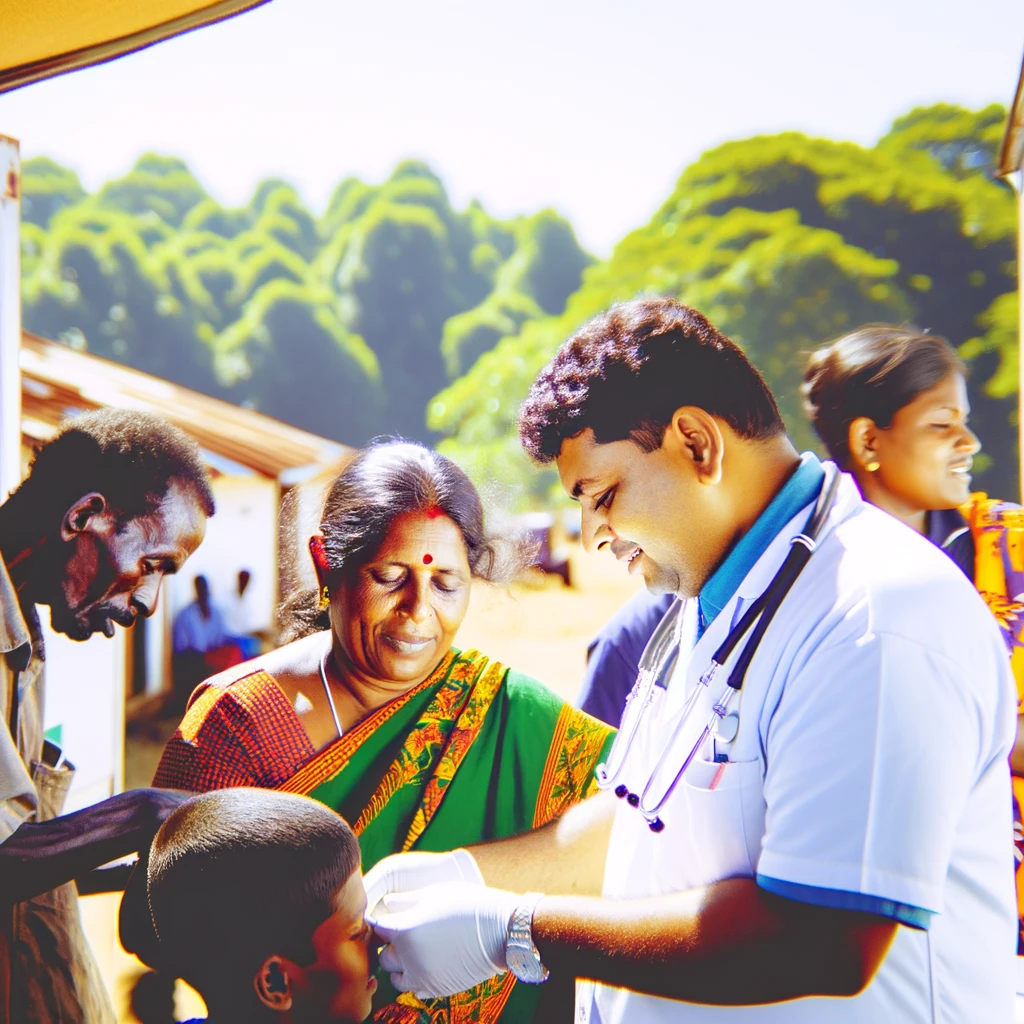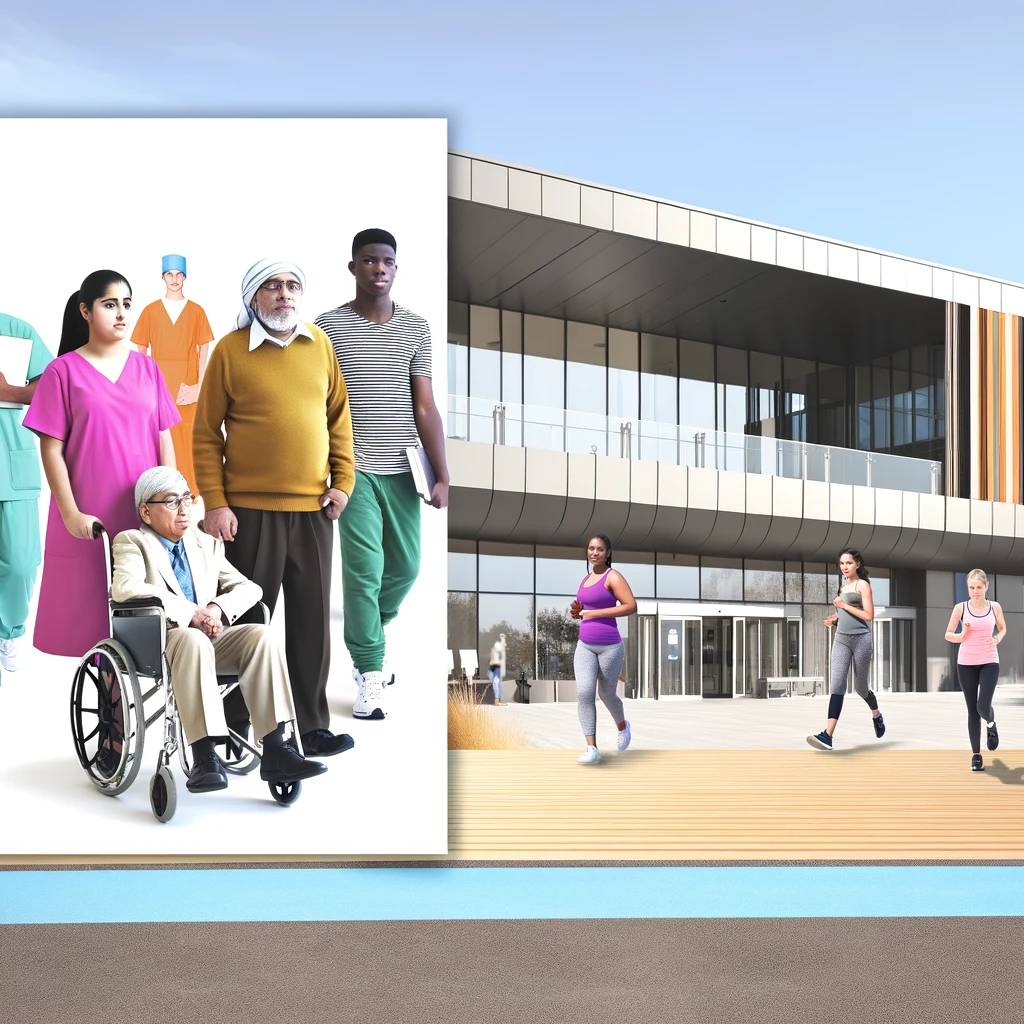
Healthcare on the Go: The Impact of Mobile Clinics in Rural Areas
In recent years, mobile clinics have emerged as a vital component in delivering healthcare services to rural and underserved areas. These clinics, often equipped with advanced medical equipment and staffed by healthcare professionals, traverse challenging terrains to provide essential medical care to communities that lack easy access to traditional healthcare facilities.
The Rise of Mobile Clinics
Mobile clinics have gained prominence due to their ability to reach populations that are often neglected due to geographical, economic, or infrastructural barriers. According to recent studies, over 60 million Americans reside in rural areas, many of whom face significant challenges in accessing healthcare services. Mobile clinics are bridging this gap, bringing healthcare directly to the doorsteps of those in need.
Services Provided by Mobile Clinics
Mobile clinics offer a wide range of services, including preventive care, chronic disease management, dental services, and even mental health support. These clinics are often equipped with the latest technology to perform diagnostic tests, administer vaccinations, and provide health education. By focusing on preventive care, mobile clinics help reduce the need for emergency medical interventions, ultimately decreasing healthcare costs.
Challenges and Opportunities
Despite their benefits, mobile clinics face several challenges, including funding, logistical hurdles, and staffing. However, the opportunities they present far outweigh these challenges. By forming partnerships with local healthcare providers and governments, mobile clinics can create sustainable models for delivering healthcare in remote areas.
Impact on Rural Communities
Mobile clinics have a profound impact on rural communities. They not only improve health outcomes but also empower individuals by providing access to health education and resources. The presence of mobile clinics can lead to early detection of diseases, better management of chronic conditions, and overall improvement in the quality of life.
Case Studies and Success Stories
Several regions have reported significant improvements in healthcare access and outcomes due to mobile clinics. For instance, in rural Appalachia, mobile clinics have successfully reduced the incidence of untreated chronic diseases by providing regular check-ups and medication management. Similarly, in parts of Africa and Asia, mobile clinics have been instrumental in controlling infectious diseases and improving maternal and child health.
The Future of Mobile Clinics
As technology continues to advance, the potential for mobile clinics to transform healthcare delivery in rural areas is immense. With the integration of telemedicine services, mobile clinics can expand their reach and offer more comprehensive care. Additionally, increased investment in mobile clinic infrastructure can enhance their capacity to serve more communities.
In conclusion, mobile clinics represent a paradigm shift in healthcare delivery, particularly for rural areas. Their ability to provide accessible, affordable, and high-quality healthcare makes them an indispensable part of the global healthcare landscape. As we move forward, supporting and expanding mobile clinic initiatives will be crucial in achieving equitable healthcare for all.
Related Articles





